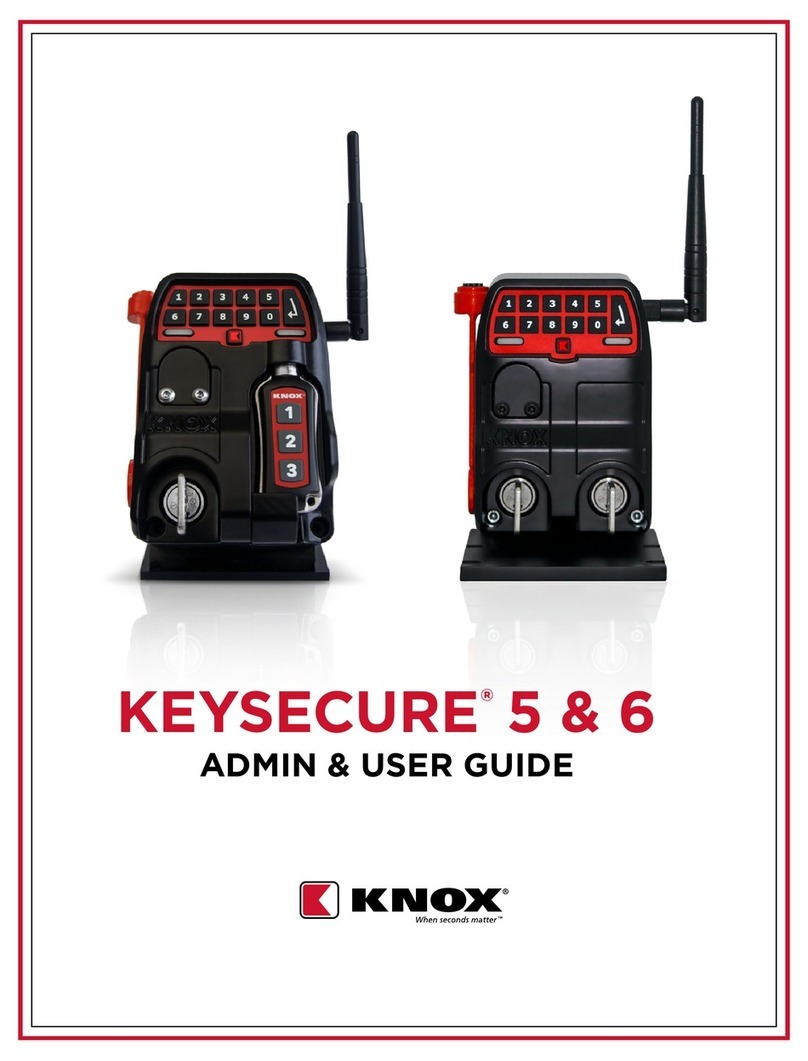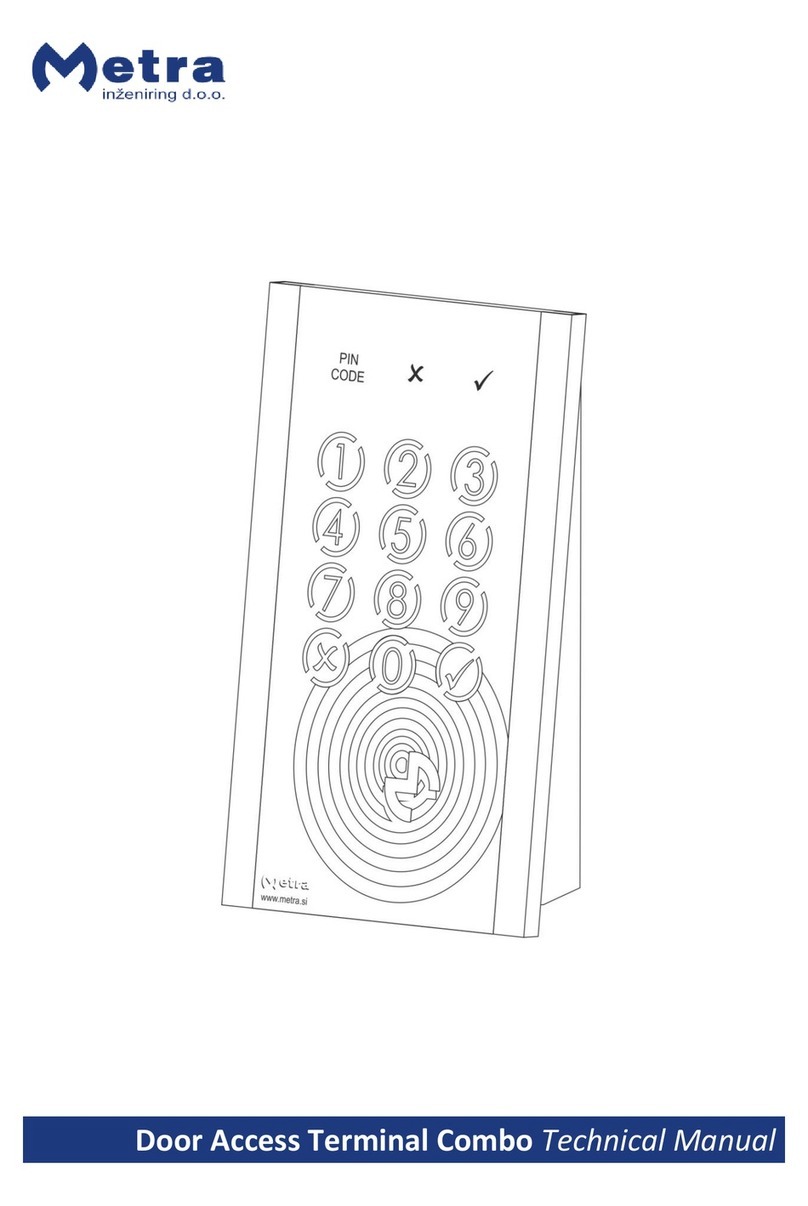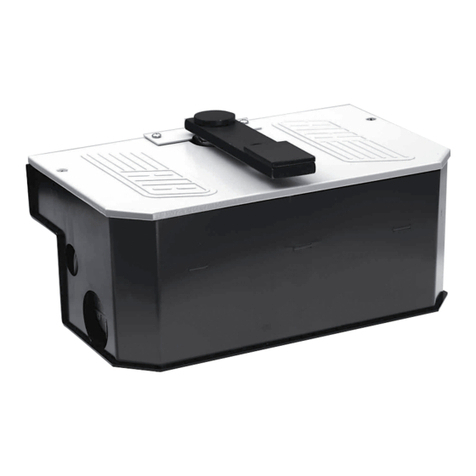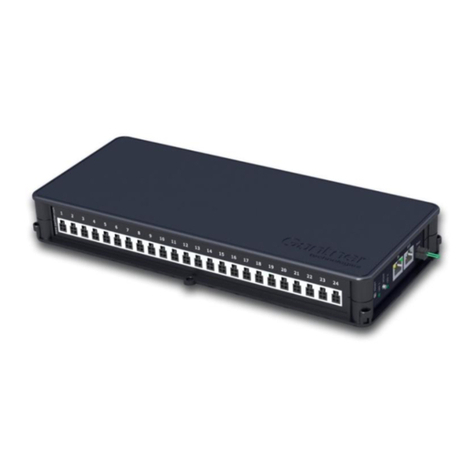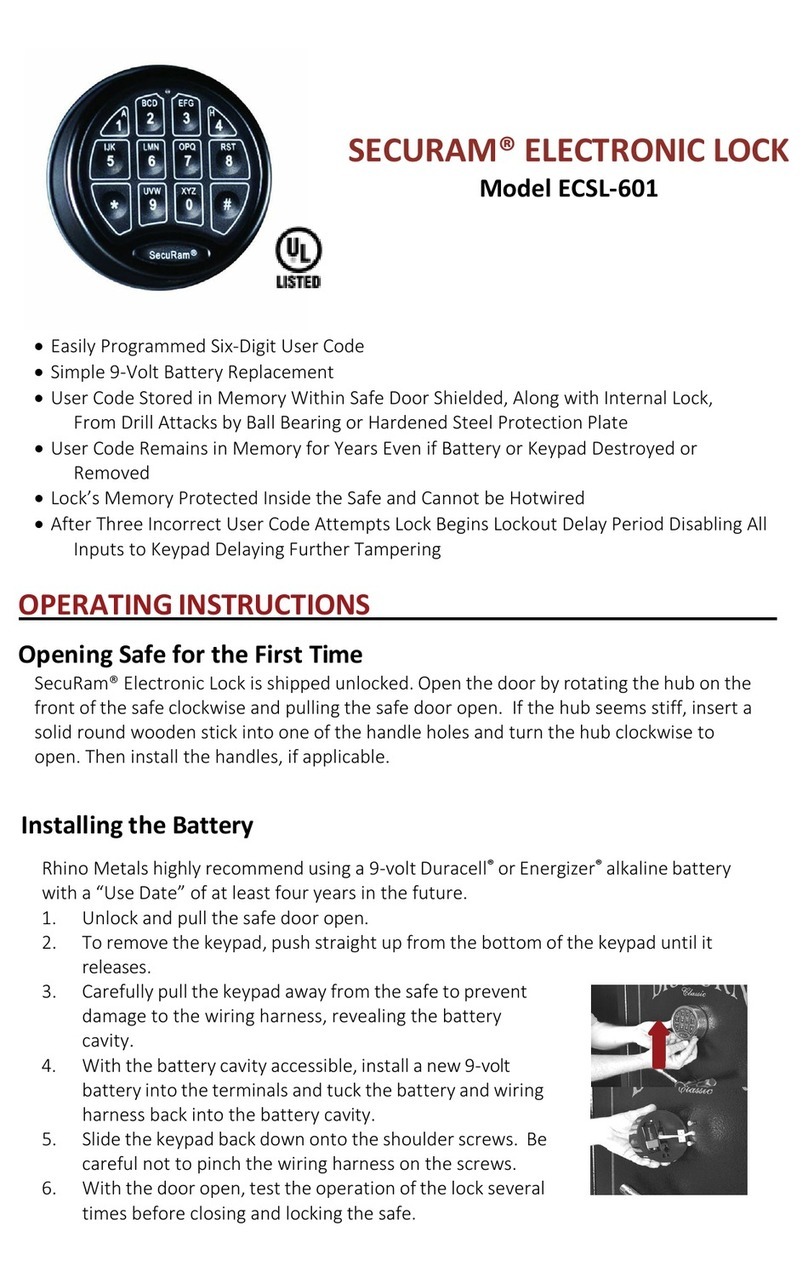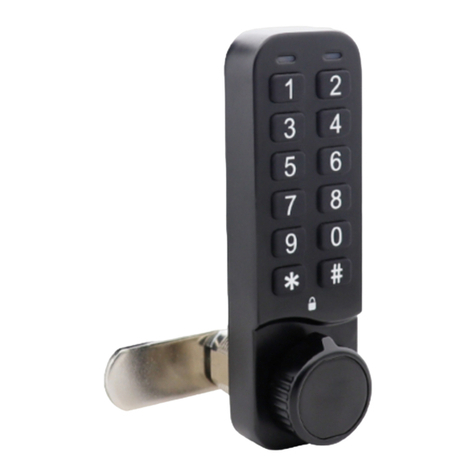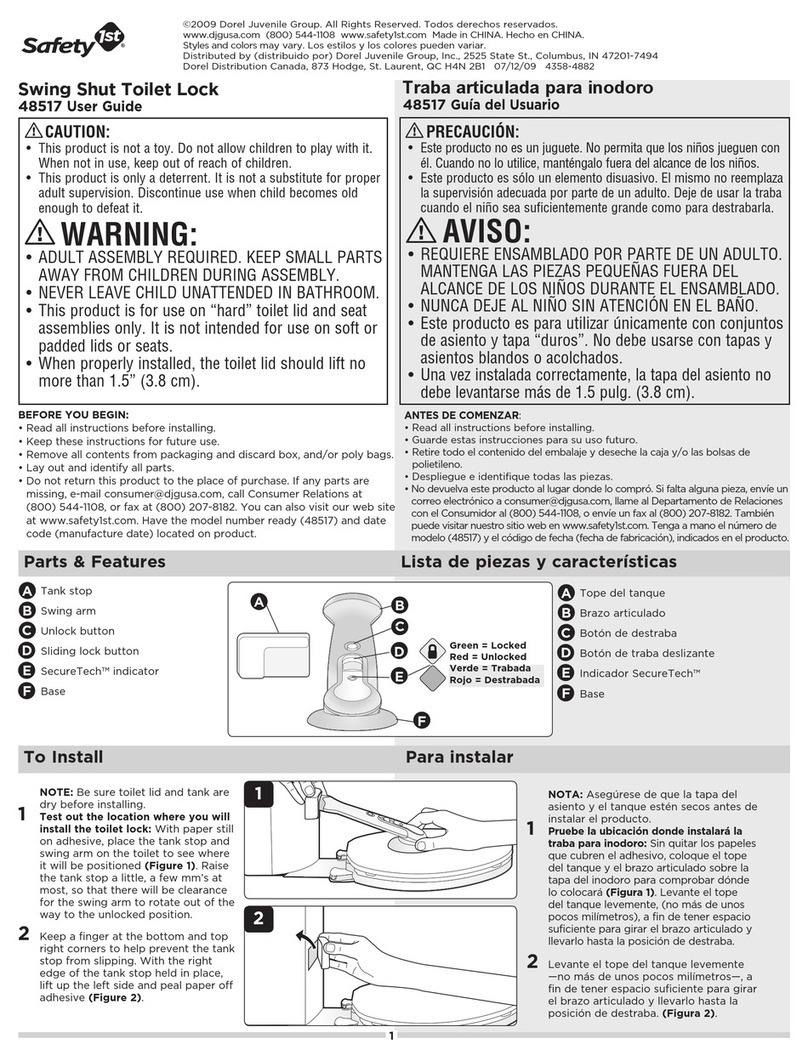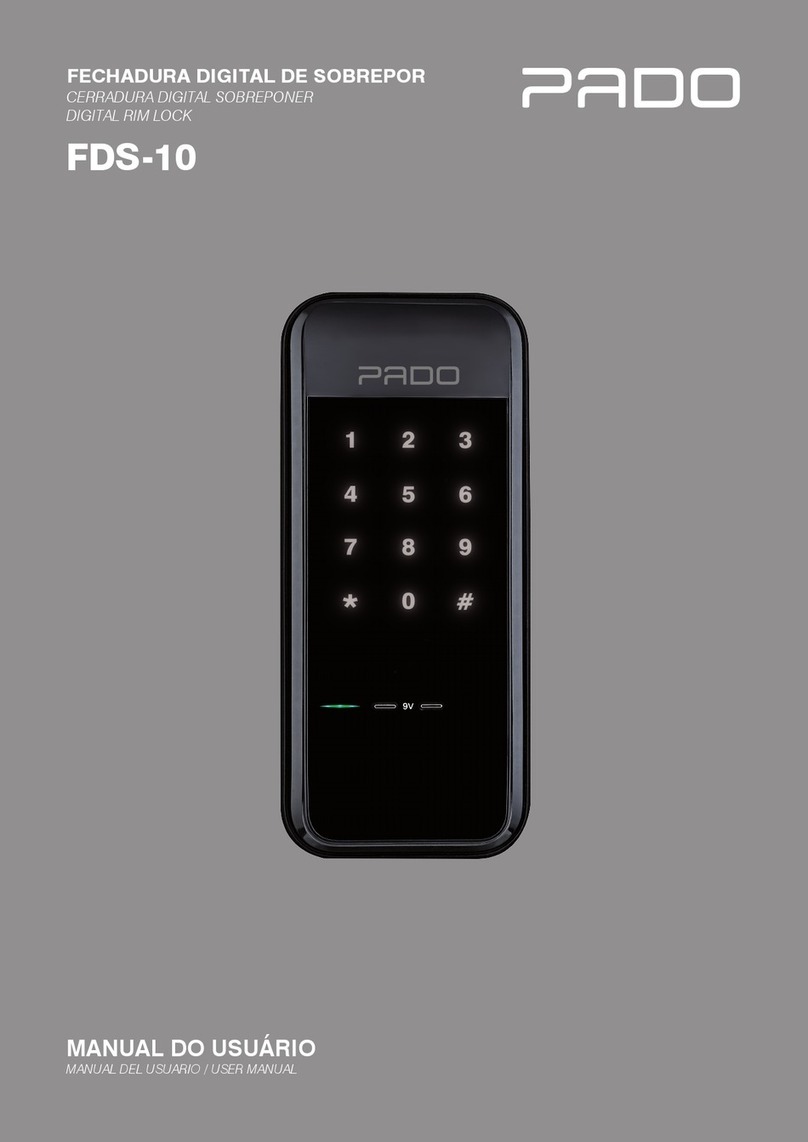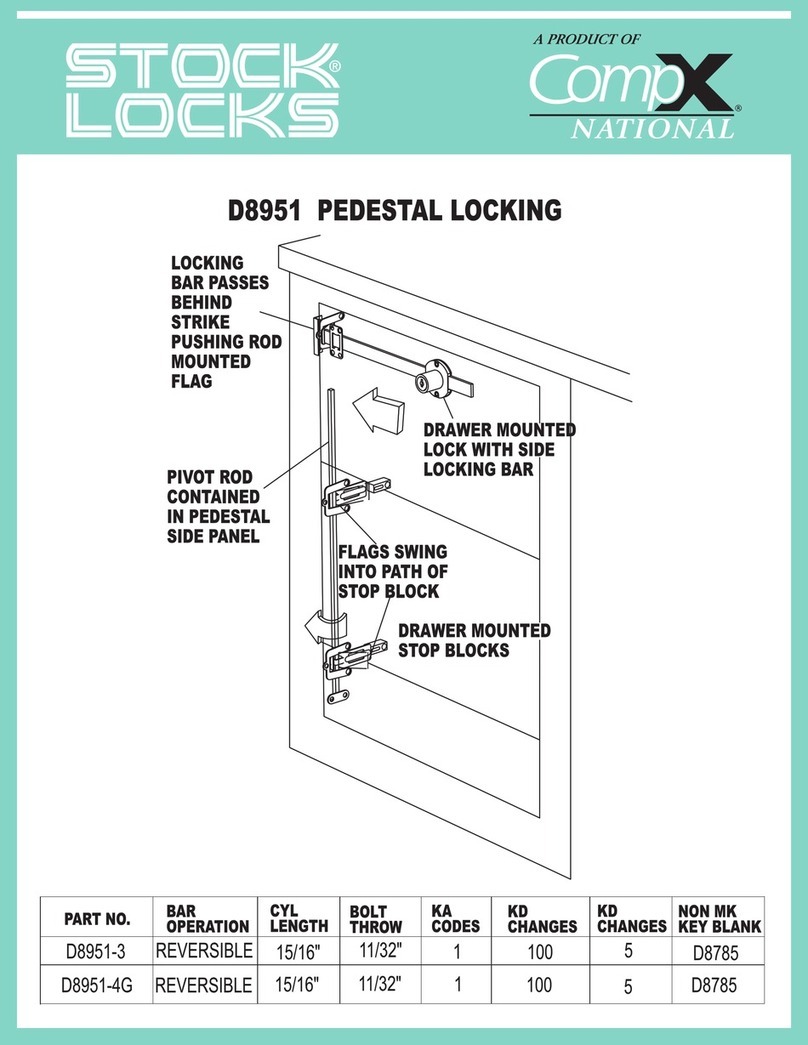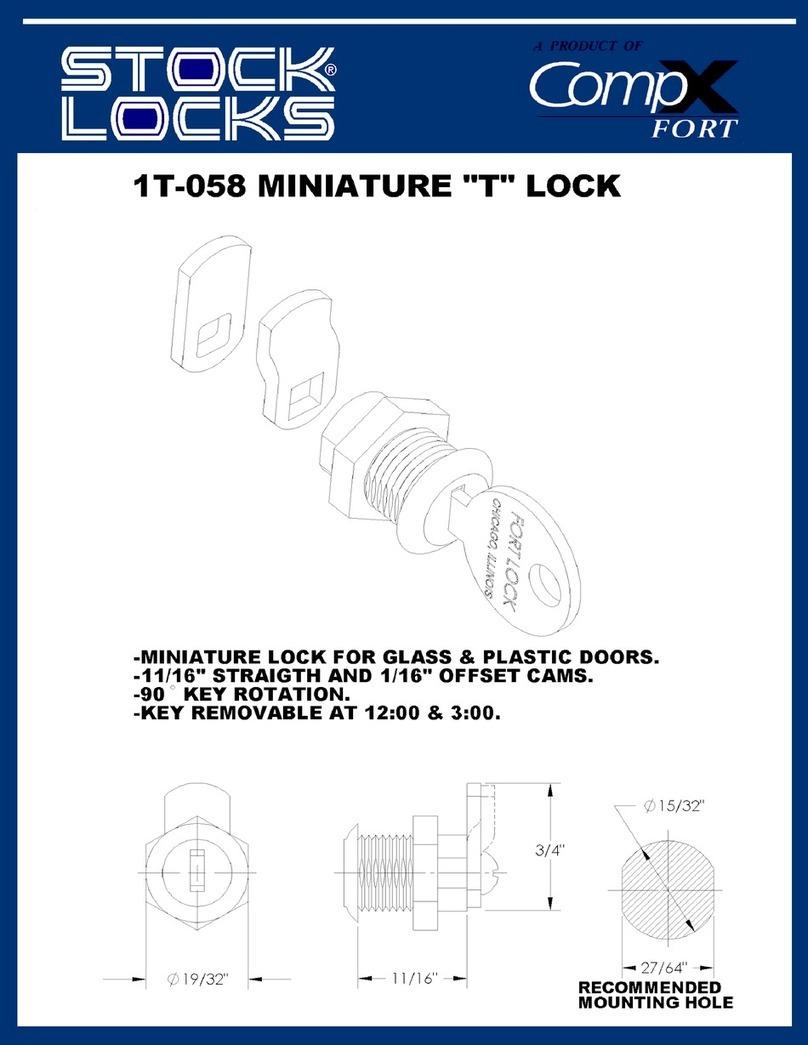Multibolt
The deadlocking multibolt
Check operation of lock
If lock operates correctly once bolt is
fitted, replace standard screws with one
way screws for greater security (refer
to note below). Insert L-shaped plastic
covers into slots on lock body.
Note: One way screws cannot be removed
once tightened.
64
7
Fit ferrule (if required)
Timber windows may require a ferrule.
Mark ferrule fixing holes by placing ferrule
centrally over bolt hole. Drill two 2.5mm
pilot holes and screw ferrule into place.
Mark and drill bolt hole
Temporarily fit lock body to window
using standard screws. To mark bolt
hole position, insert bolt and gently tap.
Remove the bolt by pulling and twisting.
Remove the lock body. Drill a 10mm hole
for long thick bolt or a 5.5mm hole for long
thin bolt. Drill hole for bolt through both
sashes on double hung or both stiles on
sliding windows to allow sufficient depth
for bolt but do not break through outside
sash or stile. If a thin bolt is being used, fit
thin bolt guide supplied into recess at back
of bolt hole in lock body.
5
Fit lock
Fit lock body to window using standard screws. If lock operates
correctly once bolt is fitted, replace standard screws with one
way screws for greater security.
Insert L-shaped plastic covers into slots on lock body and small
plastic plugs into unused side screw holes.
Note: One way screws cannot be removed once tightened.
Fit ferrule (if required)
Timber windows may require a ferrule. Mark ferrule fixing holes
by placing ferrule centrally over bolt hole. Drill two 2.5mm pilot
holes and screw ferrule into place.
Note: Some double hung windows may not have sufficient
clearance for fitting ferrule between sashes.
6
Side Fixing (continued) Face Fixing
ASSA ABLOY Australia Pty Limited, 235 Huntingdale Road, Oakleigh, VIC 3166
ABN 90 086 451 907 ©2006
www.assaabloyasiapacific.com
Whitco Warranty
ASSA ABLOY Australia Pty Limited (“ASSA ABLOY”) warrants its Whitco products against defects in workmanship and materials for a period of 10 years from
the date of purchase by the retail customer, subject to the limitations and exclusions set out in this Warranty. If, within this period the product is found to be
defective, and none of the limitations and exclusions set out in this Warranty apply, ASSA ABLOY will supply the same or equivalent product free of charge.
This is the only remedy granted by ASSA ABLOY under this Warranty. Limitations: All window screen and door screen products are warranted for a period of
12 months from the date of purchase by the retail customer. This limitation does not apply to key locks and hinges included in window screen and door screen
products, to which the full ten year warranty applies. Exclusions: This Warranty does not cover: 1. Damage to or malfunction or failure of the Whitco product
caused or contributed to by: (a) misuse, abuse, accidental or intentional damage; (b) improper installation or failure to follow fitting instructions; (c) improper
maintenance; (d) use contrary to instructions provided by ASSA ABLOY; (e) fair wear and tear; (f) any modification or repair which has not been authorized by
ASSA ABLOY; (g) use of substitute or replacement parts or cylinders other than genuine ASSA ABLOY parts or cylinders. 2. The cost of:(a) removal, replacement
or reinstallation of the Whitco product; (b) freight costs and travelling time; (c) any modification or repairs to a Whitco product, unless authorised by ASSA
ABLOY. 3. Damage caused by corrosion when the Whitco product is used in a corrosive environment. 4. Tarnish, damage to or deterioration of soft finishes such
as Bronze, Brass and other Antique finishes, which are subject to deterioration due to environmental conditions, frequency of use and other factors. 5. Damage
to Gold, Chrome and powder coated finishes caused by damage to the protective layer. 6. Deterioration in colour and performance of polymer materials. 7.
Personal injury, property damage or economic loss, however caused.
Patent: NZ 326495, AU 727454, GB 2325021


